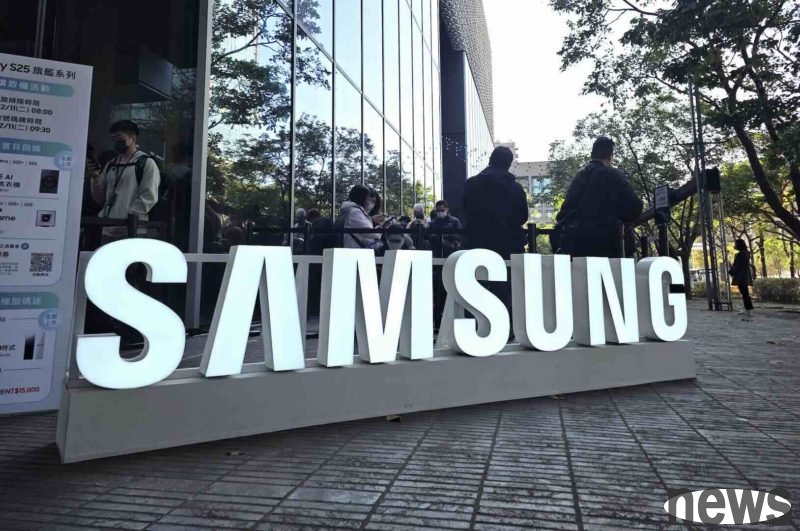Samsung Electronics is adjusting its mobile processor (AP) strategy for flagship smartphones and re-increasing the proportion of its own chips used. Korean media reports pointed out that Samsung expects to introduce 2-nanometer Exynos 2600 into some...

Samsung Electronics is adjusting its mobile processor (AP) strategy for flagship smartphones and re-increasing the proportion of its own chips used. Korean media reports pointed out that Samsung expects to introduce 2-nanometer Exynos 2600 into some models of the Galaxy S26 series next year and provide it to the internal MX (Mobile experience) division at a price that is 20 to 30 US dollars lower than Qualcomm Snapdragon equivalent chips, thereby reducing the rising AP procurement costs.
According to Korean media reports, Samsung System LSI Division has recently launched supply price negotiations with the MX Division. The initial quotation of Exynos 2600 is significantly lower than that of Qualcomm products. Whether to adjust the price in the future will depend on the initial supply situation and market reaction.
According to Samsung’s quarterly report, as of the third quarter of this year, Samsung’s mobile AP procurement amount reached 10.9 trillion won, an increase of 25.5% compared with the same period last year. As flagship mobile phones rely heavily on Qualcomm chips, the cost burden is increasing year by year, compressing the overall gross profit margin. Exynos 2600 returns to the flagship series at a significantly lower price, which is regarded as an important node for Samsung to regain control of costs and increase its purchasing bargaining power.
Exynos 2600 uses Samsung’s latest 2nm Gate-All-Around (GAA) process, which emphasizes both power consumption and performance, and hopes to improve the market perception of the past Exynos series in terms of energy efficiency and stability. Although Samsung has not disclosed specific performance data, Korean media pointed out that preliminary test results have shown certain competitiveness in multiple benchmark tests, making the system LSI department maintain high expectations for this return.
However, Qualcomm Snapdragon has long been regarded by the market as the "standard equipment for flagship mobile phones", and its customized core design and practical use experience have been recognized by consumers and telecom operators around the world. Although Samsung and Qualcomm also use Arm's architectural foundation, differences in design strategies may still lead to differences in user experience. The final market evaluation of the Galaxy S26 series will depend on the degree of difference between the two chips in terms of heat dissipation, stability, battery life, and network connectivity.
However, within Samsung, the mission of Exynos 2600 is very clear: to enhance the presence of its own chips in flagship phones and reduce dependence on Qualcomm through more competitive prices. If the Galaxy S26 series is successfully introduced, it will also pave the way for expanded adoption of next year's new generation of Galaxy Z series foldable phones, allowing Samsung to regain more dominance in the flagship mobile phone supply chain.
The return of Exynos 2600 is not only a product update, but also reflects Samsung’s readjustment of cost and supply strategies in its flagship product line. The market is generally concerned that the actual sales and usage feedback of Galaxy S26 will become an important basis for Samsung to evaluate the subsequent expansion of Exynos adoption and repositioning of flagship chip layout.
삼성전자·퀄컴, 모바일 AP 단가 인하 신경전… 엑시노스 2600, ‘가성비’로 승부수 Further reading: Industry news: Galaxy S26 chip layout uses Snapdragon as the main force, Exynos 2 nanometer import is limited